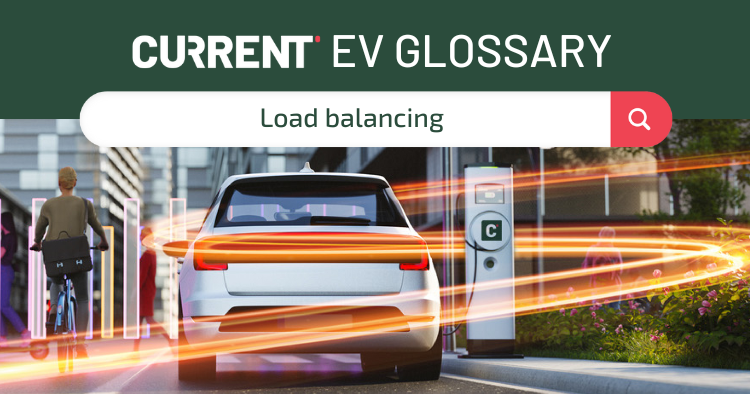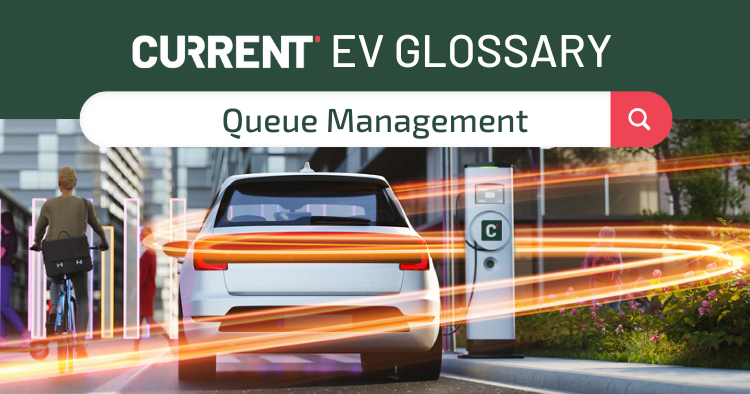Charge Point Operator
Charge Point Operator: An EV Charging Business Need and Opportunity
The rising use of electric vehicles created a need and a business opportunity. There is a need for drivers to access an EV charging service at home and on the go. This creates a business opportunity for those who will invest in building, operating, and maintaining an EV charging network.
In this article, we will show you the opportunities available to charge point operators. We'll also provide some basic definitions of the service and what drivers, owners, and operators can expect from EV charging networks.
What is an EMSP and a CPO?
There are two closely connected terms in the EV charging industry. E-Mobility Service Providers (EMSP) and Charge Point Operators (CPO). These are both required to have a functional EV charging network. But they play slightly different roles in the EV market.
E-Mobility Service Provider
An EMSP provides the connection between EV drivers and charging stations. They do this by offering software that assists drivers. EMSP software has a few specific functions:
- Directs drivers to a compatible charge point.
- Manages payment for the EV business.
- Reduces the difficulty of funding and connecting to charging stations.
These are the core functions of an EMSP. After we define a CPO, we'll show you a related example to make the roles of these two very clear.
Charge Point Operator
The CPO is the business (or individual) that actually operates the EV charging station. They ensure their EV charging operations are available all day, every day. They are responsible for these things:
- Equipment installation and maintenance.
- Setting prices for using their charging infrastructure.
- Upgrades and connectivity with new charging technology
A charge point operator is the one who makes the charging point work. Sometimes, CPO can also refer to charging point owners. Owners may be operators, but this is not always the case.
A Quick Example for Clarity
If the difference between EMSP and CPO isn't very clear, let's think of a quick example: telephone companies. The telephone infrastructure (lines, poles, and access points) is owned almost entirely by BT Openreach. They are the telephone version of a CPO. Each company selling telephone and broadband packages that run on the BT Openreach network is the telephone version of an EMSP. They connect customers to the network.
Smart Energy Management Requires Both EMSP and CPO
We need both roles because they focus on the two critical parts of the entire operational infrastructure. Each part of the EV industry benefits from continual improvement and competition:
- EMSPs who are continually innovating due to competition will find more ways to help drivers. These could include more vehicle-to-grid options, better roaming capabilities, and increased remote management for drivers.
- Charge point operator competition means there will be a constant drive to provide smart energy management solutions for profitability. Reducing capital and operating costs will benefit investors and lower prices for users.
Can EMSPs and CPOs be one and the same? Yes, of course. However, this runs the risk of creating a monopoly in an area. Reduced competition means less innovation and higher prices for consumers. So, having both EMSPs and CPOs is a net benefit to EV drivers.
Keys for Charge Point Operators as Successful Businesses
While this isn't a business page or set of instructions for running a CPO platform, there are some simple priorities for every CPO.
Stability
The CPO should ensure they are storing battery power and using dynamic load balancing so there is always power available. This creates an excellent EV charging experience compared to a station that is sometimes out of power or forced to slow charging due to restrictions.
Scalability
Existing CPOs and new market entrants should focus on being able to provide more power in the future. EV car usage is only going to increase. So the best business model will be one that includes plans for expansion.
Sustainability
Ecological sustainability is important and can be optimized by effective charge point management. Power balancing, off-peak energy use and potential on-site battery storage are all ways to maximize efficiency.
Sustainability also includes staying up-to-date with new software and hardware. Drivers should encounter an easy integration experience. This means the CPO must aim for stations that are hardware agnostic, offer compatibility for multiple EMSPs, and bring the lowest cost to the driver.
How to Optimize EV Charging Stations for Profitability
Business opportunities are plentiful in the EV market. But achieving profitability and sustainability will require sound monetization strategies. Here are a few brief points CPOs should understand in order to maximize their profitability.
Charger network monetization
Customers may pay using credit cards, pay-as-you-go cards, or some hybrid method. Pick your chosen pricing per KWh or time period, set your connection cost, and then invoice clients after each session.
Build Clear Reports
Without clear reporting, it will be impossible to optimize operations. Whichever software provider you choose, be sure to build a clear reporting system so difficulties and inefficiencies can be spotted early.
Minimize Grid Upgrades
Dynamic load management guarantees efficient distribution of current electricity capacity without requiring costly infrastructure changes. As a result, you may start using charging points immediately and reduce your OPEX and total cost of ownership.
Use Hardware Agnostic Software
Build systems using the open charge point interface. This connects EMSPs to CPOs without vendor lock-in. Using an open protocol (OCPP) means you can have the most flexibility in your hardware and software choices while connecting drivers to chargers.
Summary
Here are a few quick points to summarize this definition of Charge Point Operators.
- A CPO is the company responsible for operating points in the charging network. They maintain and upgrade the stations and set the price for usage whereas an EMSP is the company connecting drivers and their cars to the charger network via software. The EMSP collects payments and assists drivers with finding charge points.
- Both EMSPs and CPOs are necessary. Diversity and competition will encourage innovation in the entire EV industry.
More drivers will encounter both EMSPs and CPOs as their usage of charging networks increases. If this definition isn't clear enough or leaves you with more questions, please check out the rest of our helpful articles for more information.


